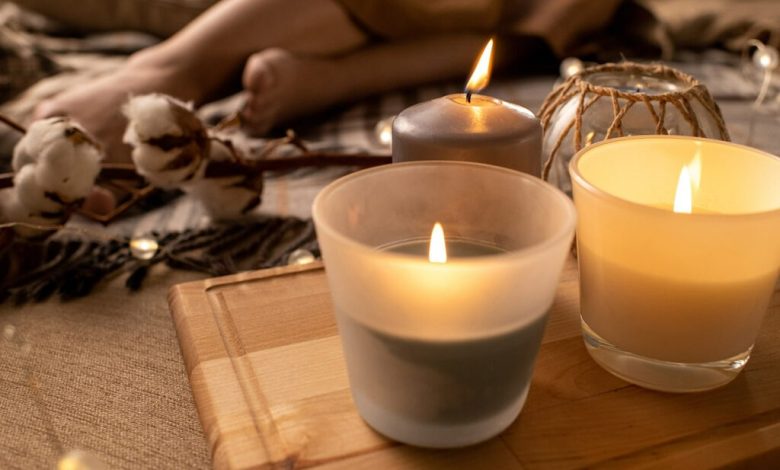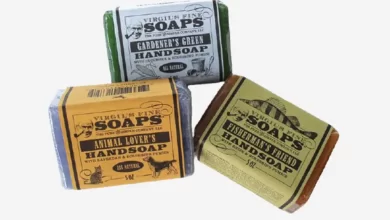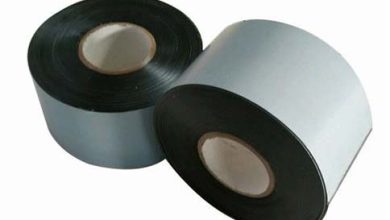Suds, Science, and Self-Care: The Surprising World of Handmade Soap

In a world increasingly driven by screens, schedules, and synthetic everything, the humble bar of handmade soap might seem like a quaint throwback. But take a closer look, and you’ll discover a thriving world where science, creativity, and self-care converge—one batch at a time.
Whether you’re a curious hobbyist, an eco-conscious consumer, or someone chasing the joy of crafting something with your own hands, soap making offers more than just clean results.
A Clean Beginning: What’s in a Bar of Soap?
At its essence, soap is the result of a chemical reaction called saponification—when fats or oils meet an alkali (like lye). The result? Molecules with a split personality: one end bonds with water, the other with grease. That’s how soap removes dirt, bacteria, and oils from our skin.
But beyond the science, the ingredients you choose tell a story:
- Shea butter adds richness and moisture.
- Goat’s milk provides a creamy, gentle cleanse.
- Coconut oil boosts lather and cleaning power.
- Essential oils like tea tree or eucalyptus bring therapeutic benefits.
Modern makers can experiment with an ever-growing range of soap making supplies including botanical infusions, exfoliants, natural colorants, and intricate molds that turn each bar into a mini work of art.
The Meditative Joy of the Process
Soap making isn’t just about the end product—it’s also about the process. The precise measuring, slow stirring, watching oils emulsify into creamy batter—these steps are surprisingly meditative.
Some even compare it to baking: you follow a recipe, play with flavor (or scent) combinations, and unleash creativity in form and presentation. And unlike most DIY hobbies, the result is something you’ll actually use, or gift, every single day.
Sustainability and Skin-First Thinking
One major reason people are turning to handmade soaps? Control over ingredients and a desire to reduce plastic waste.
When you make your own soap—or buy from small-batch makers—you avoid harsh detergents, unnecessary preservatives, and synthetic dyes often found in commercial products. You also skip the disposable plastic bottles of liquid soap and body wash, opting for a lower-waste lifestyle.
With the right base oils, additives, and essential oils, you can customize soap for different skin needs—dryness, sensitivity, acne-prone, or even aromatherapy-inspired blends.
A Craft with Community
The soap-making community is vast, global, and generous. From hobbyist Facebook groups to indie maker markets, it’s a craft that invites collaboration and conversation.
Makers often trade tips on:
- Achieving the perfect swirl
- Using herbs for natural color
- Making cold process vs. melt-and-pour
- Sourcing sustainable or local ingredients
And as the DIY movement continues to grow, so does interest in home-based soap businesses, offering both a creative outlet and a potential income stream.
Final Rinse
Soap is something we all use—but when you explore the art and science behind it, you realize it’s so much more than a hygiene product. It’s chemistry, design, mindfulness, and sustainability all wrapped up in a fragrant, sudsy package.
Ready to explore your own soap-making adventure? Start by getting familiar with the soap making supplies that form the foundation of every great bar





